Tales From The Eye: Survivor Stories From Major Hurricanes
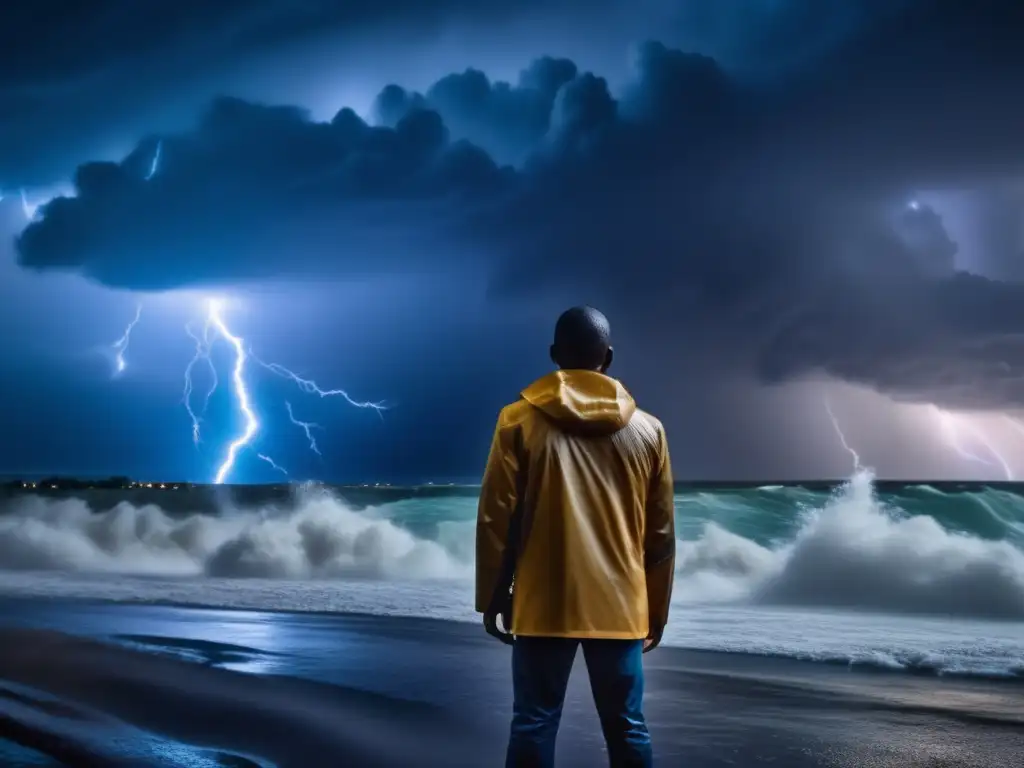
Tales from the Eye: Survivor Stories from Major Hurricanes
Introduction
Hurricanes are natural disasters that have been affecting humanity for centuries. They are extreme weather events that can cause significant damage to coastal areas, leading to the loss of homes, businesses, and, unfortunately, lives. Every time a hurricane hits, it brings life-changing consequences for those who are in its path. Survivors of hurricanes have harrowing tales to tell, each one unique and compelling. In this article, we will delve into survivor stories from major hurricanes to gain insights into their experiences and ways to prepare for such emergencies.
The 2005 Hurricane Season: Katrina, Rita, and Wilma
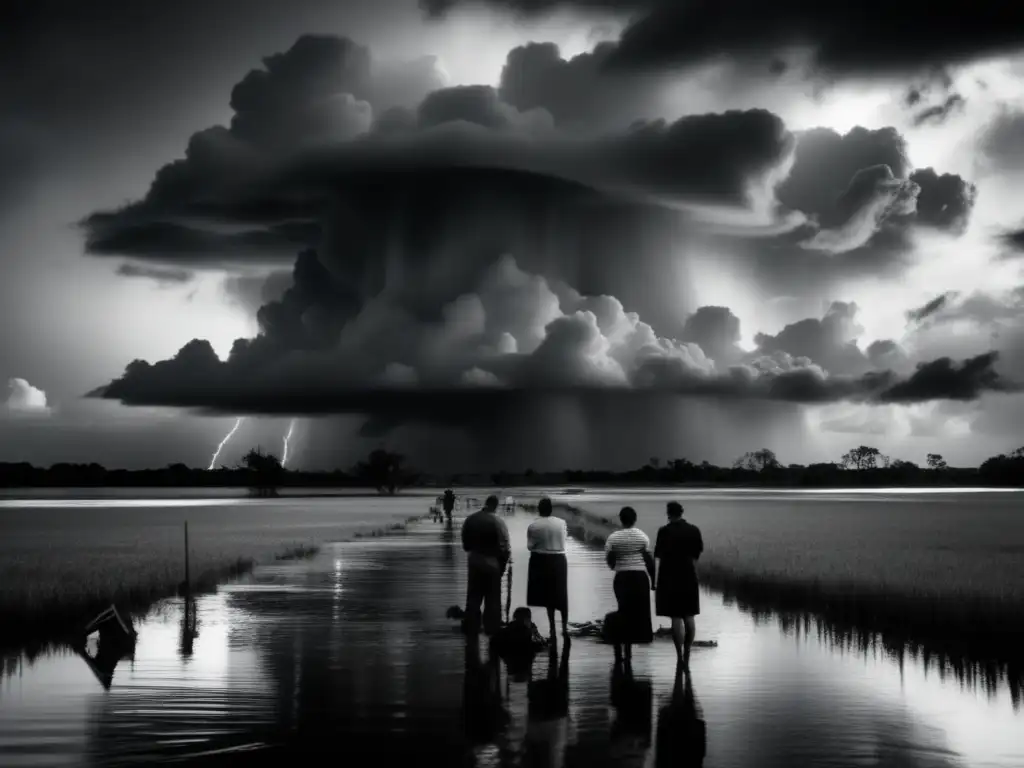
The Storm Surge: The Deadliest Aspect of Hurricanes
One of the most deadly aspects of a hurricane is the storm surge. A storm surge is a rise in sea level that occurs as a result of the winds and low pressure associated with a hurricane. Storm surges are devastating because they cause flooding that can be more than ten feet deep in some areas, depending on the intensity of the hurricane. In August and September 2005, the Gulf Coast of the United States experienced three major hurricanes that brought catastrophic damage and loss of life. Hurricane Katrina devastated Louisiana and Mississippi, while Hurricane Rita impacted Texas and Louisiana, followed by Hurricane Wilma hitting Florida. During Hurricane Katrina, a storm surge of twenty-two feet was reported, causing widespread flooding and destruction throughout the Gulf Coast.
The Importance of Evacuation Planning
In the face of an impending hurricane, evacuation planning is critical. However, the process can be complicated and challenging, particularly for families with elderly or disabled members. During Hurricane Rita, the largest evacuation in Texas's history was conducted, with over 3 million people leaving the affected areas. However, the evacuation was not without its challenges as many people were stuck on the roads for hours or days, leading to significant congestion and delays. During Hurricane Wilma, which struck Florida, a mandatory evacuation order was put in place, and over 2 million people left their homes to seek shelter elsewhere.
The Role of Emergency Services
Emergency services, such as police, fire departments, and ambulance services, play a critical role in hurricane response efforts. They help with search and rescue operations, assist with evacuations, and provide medical aid to those in need. During Hurricane Katrina, emergency services were overwhelmed, making it difficult to get help to those who needed it most. Many people lost their lives due to delayed or inadequate assistance. However, during Hurricane Rita and Wilma, emergency services were better prepared, and there were fewer reported casualties.
The 2017 Hurricane Season: Harvey, Irma, and Maria
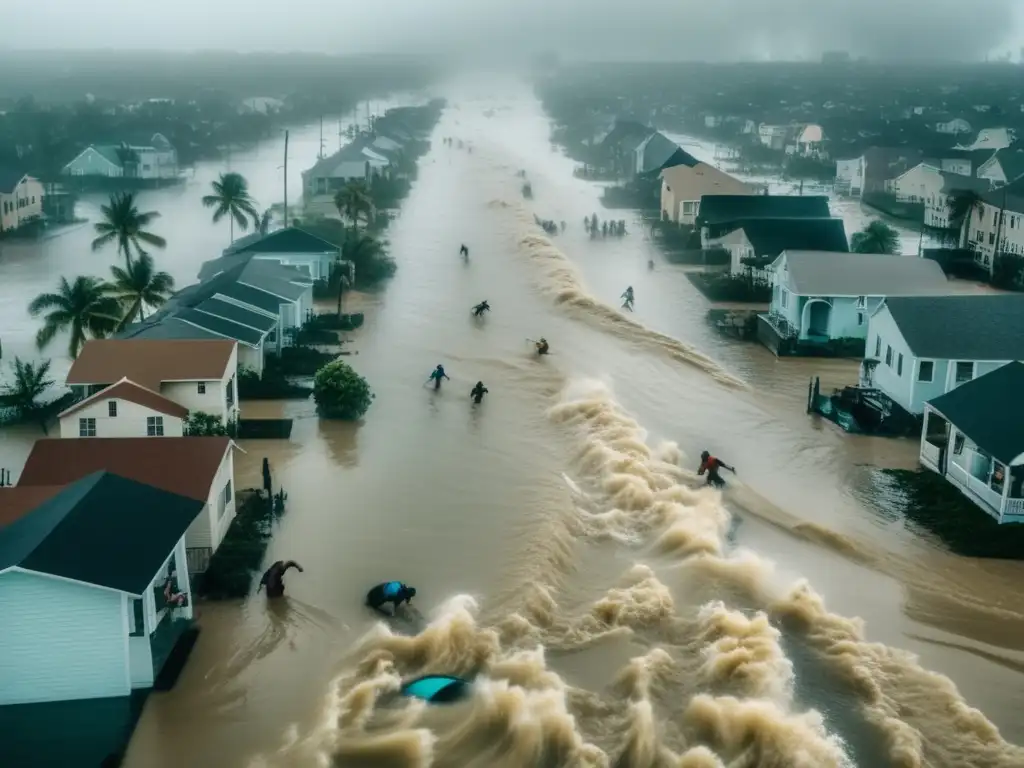
The Importance of Preparing a Disaster Kit
Preparing a disaster kit is an essential aspect of hurricane preparedness. A disaster kit should contain essential items such as non-perishable food, bottled water, a first aid kit, flashlights, and batteries. It is also crucial to have a backup power source and a communication plan in place. During Hurricane Harvey, which hit Texas, thousands of people were displaced, and many were left without essential supplies. Having a well-stocked disaster kit can help mitigate the impact of the hurricane and ensure that you have everything you need to ride out the storm.
The Widespread Impact of Hurricanes
Hurricanes can have far-reaching consequences beyond the initial impact. In 2017, Hurricane Maria devastated Puerto Rico, causing widespread damage, power outages, and loss of life. The aftermath of the hurricane was equally catastrophic, with many people without power or clean water for months. The economic impact of Hurricane Maria was also significant, with damage estimated at $90 billion. However, in the face of such adversity, the people of Puerto Rico displayed incredible resilience and strength.
The Importance of Emotional Support
Hurricanes can leave deep emotional scars that persist long after the physical damage has been repaired. It is crucial to provide emotional support to hurricane survivors, particularly those who have lost loved ones or their homes. During Hurricane Harvey, numerous organizations set up counseling and support services to help survivors cope with the trauma of the disaster. In the United States, the Federal Emergency Management Agency (FEMA) also provides assistance to those affected by hurricanes, including mental health services.
FAQs

-
How are hurricanes named?
Hurricanes are named by the World Meteorological Organization using a predetermined list of names.
-
What is the difference between a hurricane and a typhoon?
A hurricane is a tropical cyclone that occurs in the Atlantic Ocean, while a typhoon is a tropical cyclone that occurs in the Pacific Ocean.
-
What should I do if a hurricane is approaching?
If a hurricane is approaching, you should follow local evacuation orders, stock up on essential supplies, secure your home, and have a communication plan in place.
-
Can hurricanes be predicted?
Yes, hurricanes can be predicted using advanced technology and weather forecasting models. However, it is impossible to predict their exact path and intensity.
-
How can I help hurricane survivors?
You can donate to reputable charities that provide assistance to hurricane survivors, volunteer your time or resources, or advocate for policies that support hurricane preparedness and response efforts.
Conclusion
Hurricanes are natural disasters that can cause significant damage and loss of life. Survivor stories from major hurricanes provide critical insights into the impact of these extreme weather events and ways to prepare for emergencies. During Hurricane Katrina, Rita, and Wilma in 2005, lessons were learned about the importance of evacuation planning, the role of emergency services, and the devastation caused by storm surges. The 2017 hurricane season, which saw Hurricane Harvey, Irma, and Maria, highlighted the importance of disaster preparedness, emotional support, and the far-reaching consequences of hurricanes. It is crucial to take steps to mitigate the impact of hurricanes, including preparing a disaster kit, following evacuation orders, and seeking emotional support when needed.
At HurricaneInsider.org, we are committed to providing valuable information on hurricanes, including their impact, recovery efforts, and emotional support resources. We encourage readers to engage with our content, share their thoughts in the comments section, and subscribe to our newsletter to stay updated on the latest developments.
Additional Resources
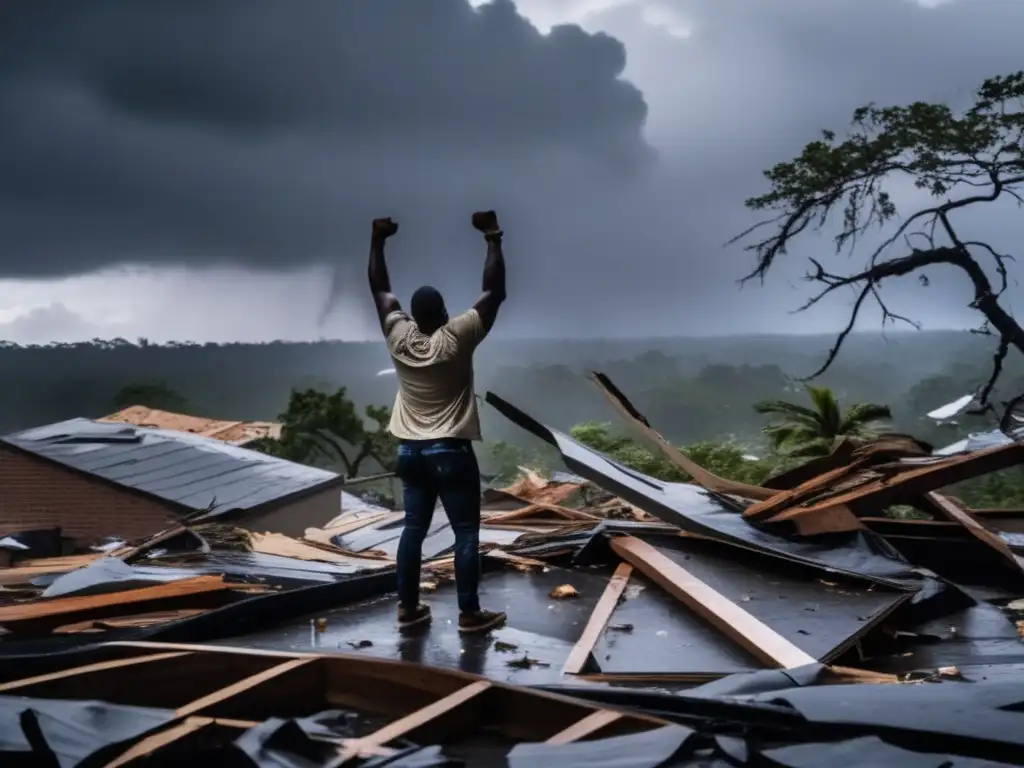
- Ready.gov - Hurricane Preparedness
- FEMA - Hurricane Response and Recovery
- American Red Cross - Hurricane Relief
 The Link Between Hurricanes And Coral Reefs
The Link Between Hurricanes And Coral Reefs Storm Clouds: Understanding The Cloud Formations In Hurricanes
Storm Clouds: Understanding The Cloud Formations In Hurricanes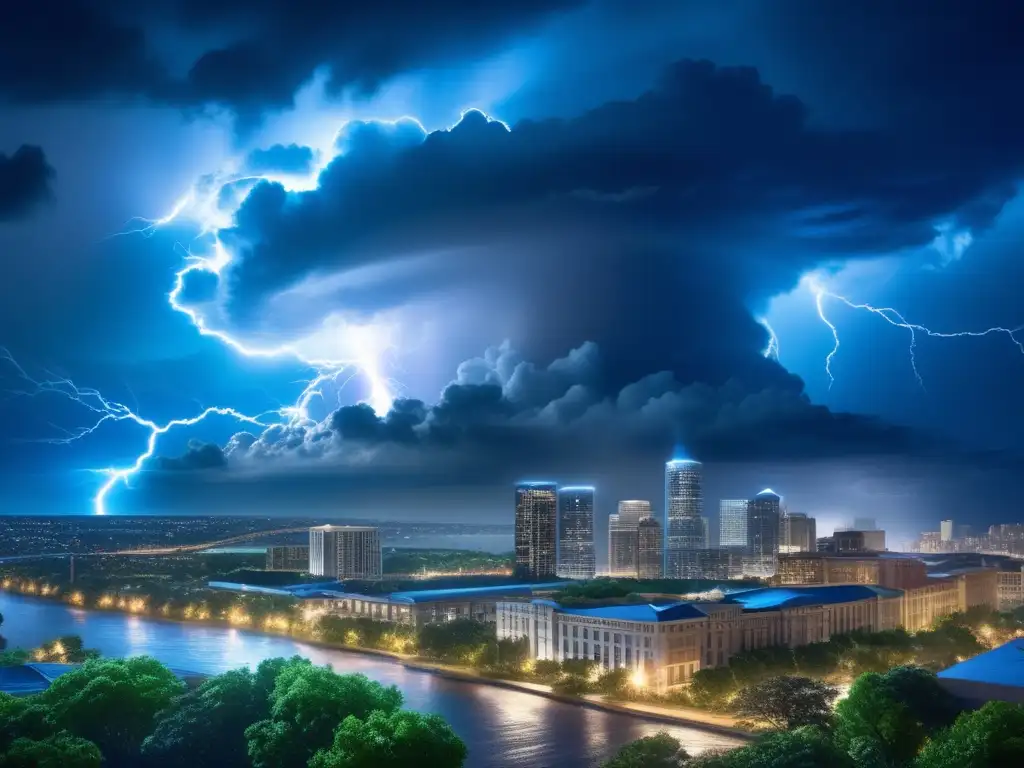 How Hurricanes Changed The Course Of History
How Hurricanes Changed The Course Of HistoryIf you want to discover more articles similar to Tales From The Eye: Survivor Stories From Major Hurricanes, you can visit the Basic knowledge about hurricanes: category.
Leave a Reply

Articulos relacionados: